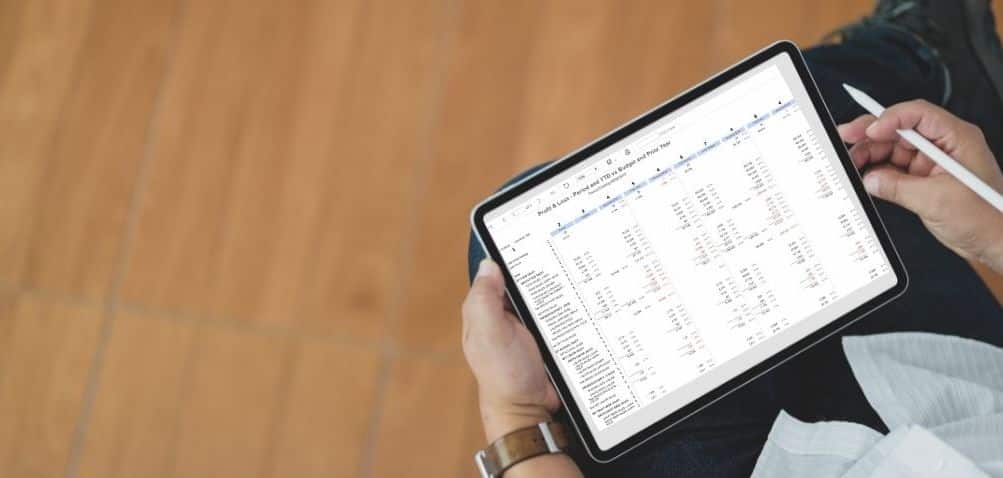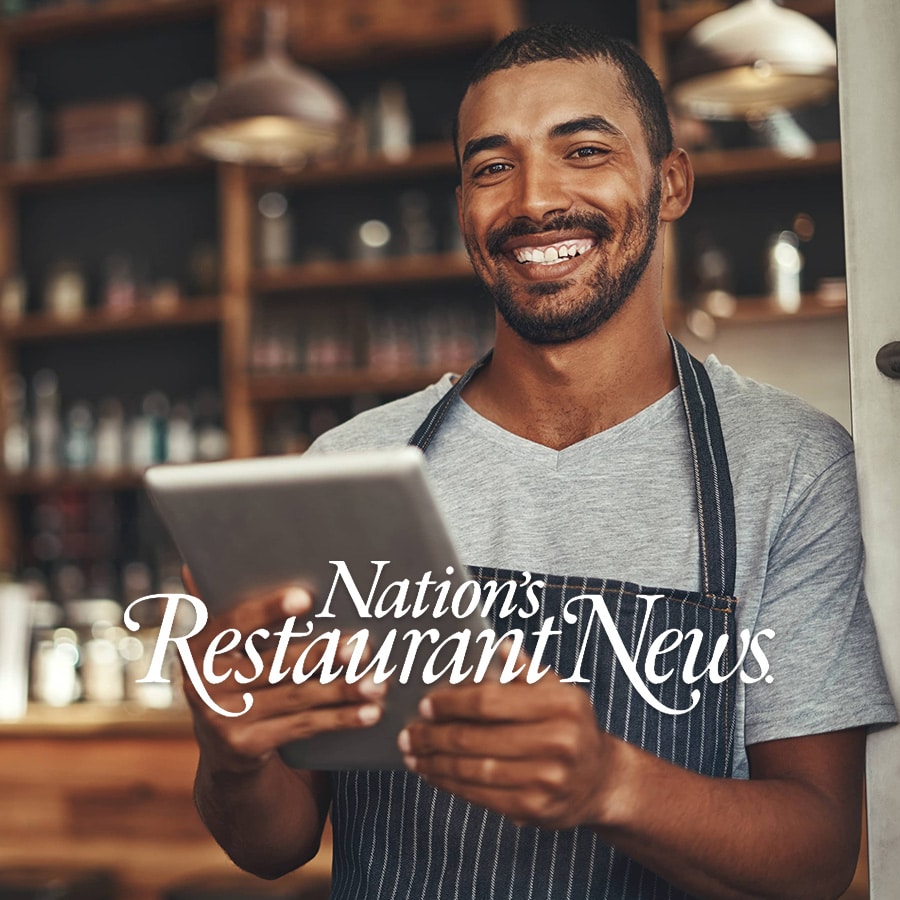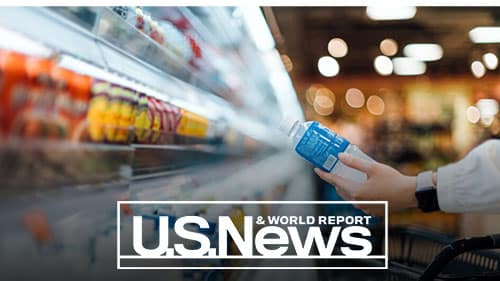Accounting is an essential part of running every successful business. But it is even more important for tight-margin industries like ours where every dollar spent needs to be accounted for in order to increase profitability.
Settling for generic accounting software can be tempting because the initial investment may seem to be lower, but the truth is that operators can actually increase their bottom line through the use of restaurant-specific accounting software. In many cases the labor costs for performing managerial duties (such as entering data and manually running reports) is costing more than the software fees would cost.
With restaurant-specific accounting systems that are integrated directly with the Point of Sale (POS) system you can save both time and money through the automation of time-consuming tasks such as scheduling, inventory, ordering, paying vendors, producing financial statements, and more while reducing the chance of errors.
Other inefficiencies of generic accounting software include:
Disparate systems
When accounting and operations teams work pass Excel sheets back and forth or log into separate software systems that don’t connect, they’re not seeing the same information at the same time. What should be simple communication becomes an added task that takes time and energy. Getting a snapshot of how you are actually doing real-time versus how you think you are doing monthly is key to hitting your goals because you can fix issues on the fly.
Multiple logins
With generic accounting systems, each restaurant in your group is a different business with a separate login, creating a constant need to toggle between accounts. Simple tasks like updating a vendor address are time consuming and mistakes are more likely.
Redundant processes
When inventory is taken with pen and paper and then transferred to Excel or entered into an inventory software, it is a slow and tedious process in which operators tend to make mistakes, leaving accountants with inaccurate information. With inaccurate data from start, it’s nearly impossible for accountants to produce relevant reports and forecasting becomes challenging.
Inaccurate data
Most accounting systems don’t have a direct POS connection, so integrating labor metrics like early clock-ins, no shows and shift swaps is an added, time-consuming step. Not having timely access to such key controllable costs is a hinderance to seeing the big picture of a restaurant’s profitability.
Delayed actions
When restaurants use a generic accounting system producing reports is manual and slow, leaving operators with a lack of information for timely and accurate decision making which inhibits their ability to run their business effectively.
Benefits of restaurant-specific software
By implementing a restaurant-specific system with frictionless POS integration, teams have access to their inventory, receipts, labor metrics, sales, and reporting all from one place and no longer have to pass information back and forth to one another. Especially when teams are on the go, having the right information at their fingertips via a cloud-based system allows them to streamline their communication and spend less time correcting errors—giving them more time to work toward big picture goals.
Most financial accounting systems focus on monthly or fiscal periods which provide a comprehensive breakdown only at the end of a particular cycle. But in restaurants, where the week is so important and sales for a month which has five Saturdays can be drastically different from a month that only has four Saturdays, it’s much more important to compare data on a weekly basis by using an integrated, restaurant-specific software.
Single sign-on
Forward-thinking operators are implementing restaurant-specific accounting systems, which help to manage the company’s operations through a streamlined system. A restaurant-specific system allows operators and accountants to log into the same system, creating transparency between teams and saving time by eliminating the need to email questions and reports back and forth.
Cloud-based
Restaurant-specific accounting software bridges the gap between accounting and operations by centralizing all data, helping restaurant operators to become more efficient, accurately forecast, and tackle any challenge or opportunity with speed and accuracy. For example, if operators can enter inventory directly into a software system with an iPad, rather than transferred from pen and paper, timing and accuracy improves. Given more accurate input, accountants can spend time analyzing rather than cleaning up errors.
Synchronized data
Detailed sales and labor data is pulled directly from your POS, automatically creating daily sales and labor accrual journal entries for your general ledger, saving time and increasing accuracy.
Custom reports
When reporting is automated via a restaurant-specific system, accountants save time and operators can easily dig into their data in real time—any invoice is just a few clicks away. Get accurate, timely data that’s easy to find and share. See what’s working, what’s not, and what’s happening in real-time with out-of-the-box and custom reports to help drive improvement, growth, and expansion.
Real-time alerts
Having access to real-time information such as sales, COGS, labor, etc. can help you save money. An alert that you have an employee about to go into overtime saves you money rather than seeing it on a report at the end of the shift (or worse, at the end of the pay period).
As a restaurant owner, you can help your teams save time, minimize errors and better work together by discovering and implementing the systems that will help them get on the same page. Restaurant365 is a fully integrated, restaurant-specific solution for accounting – including AP automation — plus inventory management, scheduling and more. The cloud-based platform connects to your Point-of-Sale system, as well as to your food and beverage vendors, payroll vendor and your bank for automated bank reconciliation.



